
A strong public relations plan includes hosting customer events.
Compelling public relations plans can go a long way toward helping a business spread its message, reach more customers, and generate more sales. Successful plans go much further than merely garnering media coverage. In fact, public relations campaigns are usually much more far-reaching and complex. They require strategic planning, creative thinking, smart budgeting and the ability to navigate unforeseen circumstances. Public relations is a field with a reputation for fun and excitement. But it also requires discipline and a can-do spirit to succeed.
Step 1: Define the goals and objectives of your public relations plan. Too often, business owners say their goal is to “raise awareness” when they really want to achieve much more. As a business owner, you want to do more than merely raise awareness of your business. Your main objective is to increase sales and profits. That objective should be a main focus of your PR plan.
Step 2: Pinpoint your target audience, or your "publics." This includes not only the media, which can help you spread the world about your business; it also includes stakeholders, existing customers, potential customers, suppliers and other vendors, community members, civic leaders and employees. Transfer these people into a database that includes their full contact information. You might need to reach out to your publics several times throughout your campaign -- for the original invitation, reminders and thank yous -- not to mention for future outreach efforts.
Step 3: Develop the strategies and tactics of the public relations plan, understanding that the two are very different. For example, your strategy might be to promote the grand opening of a new building addition to your company. The tactics you might employ could include staging a ribbon-cutting ceremony and inviting local media and government officials, hosting an open house for current customers, sponsoring a barbecue for prospective customers and nearby business tenants, and launching a community email campaign.
Step 4: Draft the key messages of your public relations plan. Make sure they are consistent but not necessarily identical among your various publics. For example, you might tell prospective customers that your new building addition will let you serve more customers, and for longer hours. You can send this message to the community at large as well, telling them that you will be able to hire more employees, which will improve the local economy.
Step 5: Draft a budget for your public relations plan. Be realistic and set aside some money for unforeseen occurrences. For example, you might schedule a community barbecue to last for four hours and purchase food, drinks and desserts accordingly. But if more people arrive at the four-hour mark, you might decide to extend the event – in the spirit of goodwill -- for another two hours. For this reason, you should factor in a 10 percent cushion to your public relations budget.
Step 6: Develop a detailed task list and timetable so you can implement your public relations tactics with maximum efficiency. The success of your public relations plan will largely depend on your ability to make deadlines stick.
Step 7: Engage in crisis planning. For example, think about a contingency plan if a thunderstorm washes out your outdoor barbecue and forces attendees indoors.
Step 8: Review your task list and timetable repeatedly throughout the campaign, making adjustments as necessary. Public relations is fluid. You must be willing to modify your plan as conditions warrant. For example, your local U.S. Congressman might get wind of your grand opening and see it as a good opportunity for a crossover public relations effort. A mutually beneficial outcome – he basks in your success. while you bask in his public stature -- is often worth the time and effort it takes to make revisions to your plan.
Step 9: Choreograph your events for future marketing efforts. Take pictures or shoot video of events, as these images could be used on your website and in future advertising materials.


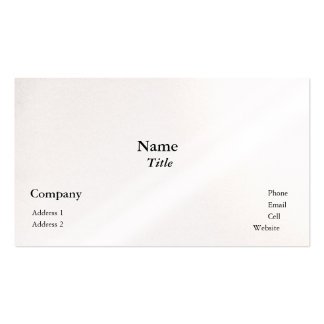
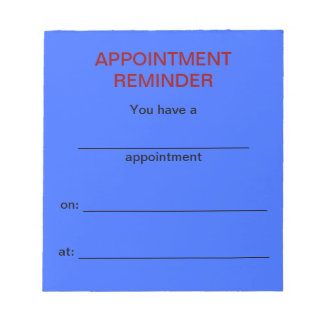
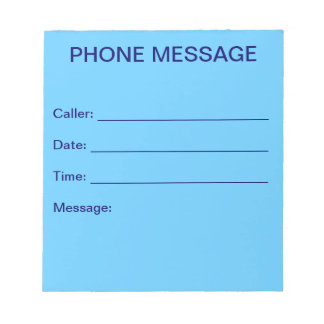
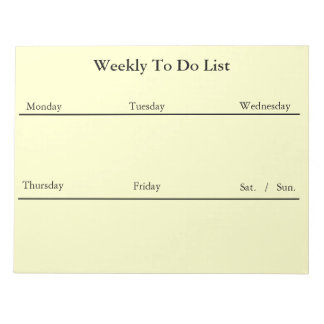
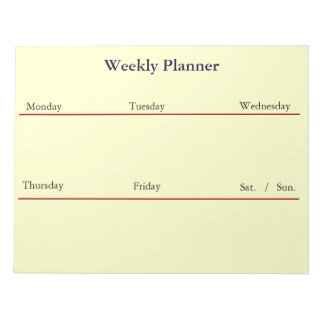

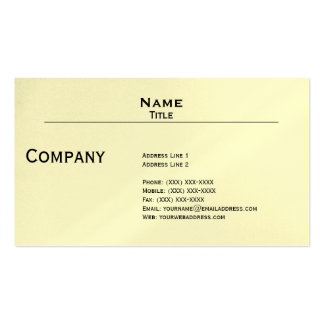

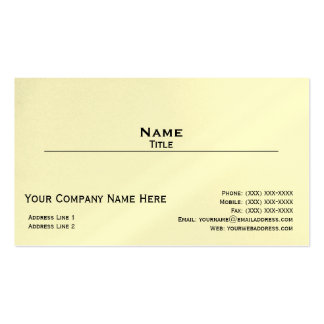
No comments:
Post a Comment